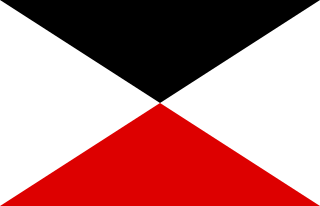| III Army Corps III. Armee-Korps | |
|---|---|
 Flag of the Staff of a Generalkommando (1871–1918) | |
| Active | 1813–1919 |
| Country | |
| Type | Corps |
| Size | Approximately 44,000 (on mobilisation in 1914) |
| Garrison/HQ | Berlin/Genthiner Straße 2 |
| Shoulder strap piping | Red |
| Engagements | Second Schleswig War |
| Commanders | |
| Notable commanders | Friedrich Graf von Wrangel (1849–1857) Karl von Bülow (1903–1912) |
The III Army Corps / III AK (German : III. Armee-Korps) was a corps level command of the Prussian and then the Imperial German Armies from the 19th century to World War I.
Contents
- War of the Sixth Coalition
- Second Schleswig War
- Austro-Prussian War
- Franco-Prussian War
- Peacetime organisation
- World War I
- Organisation on mobilisation
- Combat chronicle
- Commanders
- See also
- References
- Bibliography
It was established in 1814 as the General Headquarters in Berlin (Generalkommando in Berlin) and became the III Army Corps on 3 April 1820. Its headquarters was in Berlin and its catchment area was the Province of Brandenburg. [1]
In peacetime, the Corps was assigned to the IV Army Inspectorate, joining the 1st Army at the start of the First World War. [2] It was still in existence at the end of the war [3] in the 7th Army, Heeresgruppe Deutscher Kronprinz on the Western Front. [4] The Corps was disbanded with the demobilisation of the German Army after World War I.
